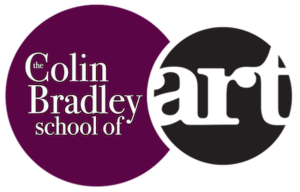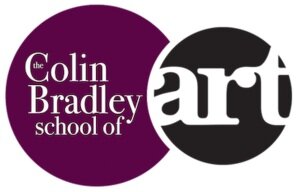Finding Anomalies in Pictures and Correcting Them
Lauren sent in her photograph to us and requested some tips on doing this picture using Pastel Pencils. Here's the picture: The first thing I noticed about this picture was the nose. For me it flagged up an immediate problem. It doesn't line up with the face and is slightly twisted around.This could be an anomaly with the animal or it could be the photograph. In either case I wouldn't draw the nose as you see it here, I would straighten it out.How I would do this is to go online and find a picture of a similar animal and use the nose from that reference photo on this animal. If this is a commission or gift for a friend, you may have to go back to them and let them know that you're having to alter the picture and use a different reference for the nose. They may or may not be happy with that but that is simply how I would go about altering this picture to make it look right.
The first thing I noticed about this picture was the nose. For me it flagged up an immediate problem. It doesn't line up with the face and is slightly twisted around.This could be an anomaly with the animal or it could be the photograph. In either case I wouldn't draw the nose as you see it here, I would straighten it out.How I would do this is to go online and find a picture of a similar animal and use the nose from that reference photo on this animal. If this is a commission or gift for a friend, you may have to go back to them and let them know that you're having to alter the picture and use a different reference for the nose. They may or may not be happy with that but that is simply how I would go about altering this picture to make it look right.
Why not leave it as it is?
You might not notice these slight differences in photographs but when a picture is drawn or painted, these will stick out very clearly and this may not please the customer.An example that I can recall is an experience of a professional artist that did a picture of a customer's child.This child had a cast in their eye and the artist drew them as represented. When the parents hung the picture on the wall, the child came along and said "mummy, I don't look like that, do I?" and the parents were devastated.The point I am making is that in a photograph you might not see these things as being obvious but on a painting they are much more obvious and will stick out. In my opinion, it is down to the artist to see this and suggest to the customer that it is made less obvious (in Lauren's case she could slightly turn the nose to make it less obvious). It's worth taking this into consideration when doing a picture such as this one.
Choosing Colours for this picture
As always these are a rough guideline of base colours to use in this picture. There are inevitably going to be more required but this would only be realised when doing the picture. I am also assuming Lauren would be using the Sand Coloured Ingres Paper as a neutral toned paper would be ideal for this picture.For the head I would use white in the light areas, followed by a light grey (270). Then I would add a mid grey (273) and Dark Sepia (175) to add some dark in.I also see brown in there too so you could use 176 which is van dyck brown into the 273 before the dark sepia is added. This would give it a brownish tone which is especially important in the nose area.For the ears I would use the same greys, followed by 187 and 283. Those colours would also be put into the eyes.The colour numbers referenced above are from the Faber-Castell Pitt Pastel Pencil range which is what I use and recommend.Advice such as the above is a bonus service to members of our website. If you would like help with your pictures and access all of our tutorials, check out our membership here.

